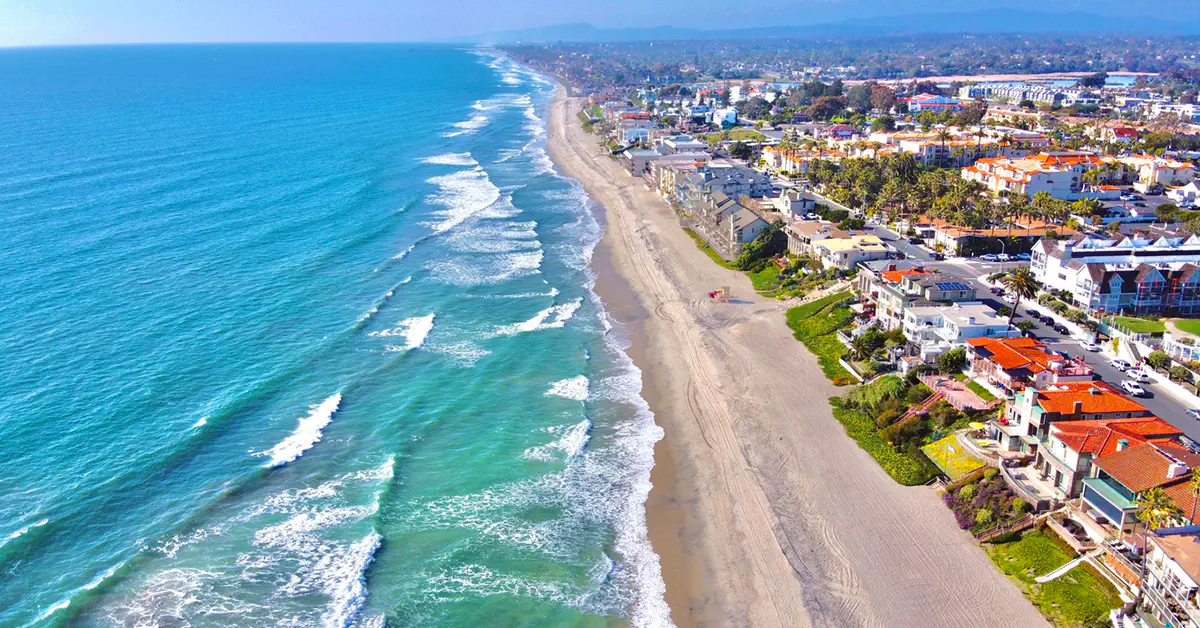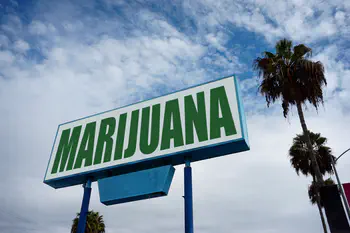Drug Rehabilitation in California

As the most populous state in the country, California has a large number of youth and adults who need access to drug rehabilitation services. Out of nearly 40 million residents, nearly 9% of those 12 and older need help for addiction. This means that 2.9 million people are seeking help every year.1
More than two million need help for alcohol abuse and another million need help for problems with illicit or prescription drugs.
The need for drug rehab is greatest among those aged 18 to 24, which is consistent with statistics on drug use. In nearly every category of drug abuse, this age group comprises the heaviest users of addictive substances. In fact, the need for drug rehab in this age group is twice as high as in any other age group.
Drug Rehab Facilities in California
To cope with this demand, California has more than 1,700 drug rehabs of all types. These vary from upscale executive programs to free community programs. Support groups such as Alcoholics Anonymous and Narcotics Anonymous would add to this number.2
There are certain professionals for whom it is vital to get help at the first moment possible before they can risk their entire careers, their own lives or the lives of others. For example:

- Business owners
- Executives
- Medical professionals
- Airline pilots
- Active duty military
- Performers and entertainers
- Musicians
However, the truth of the matter is that anyone who is addicted is at risk of losing everything they have, including their families, their homes and their lives. Their children are at greater risk of being neglected or abused. When a family discovers that a loved one is addicted, there is not a minute to waste.
Choosing a drug rehab is a very personal process. This is especially true for a person who needs drug or alcohol rehabilitation after going through earlier treatment that was not successful. When a family begins searching for the right rehabilitation program, they should make sure they understand the steps of the program and how those steps can result in a person being able to build a new sober life.
Different Types of Rehabilitation in California
There are various types of short rehab programs available in California, as well as longer programs. The shortest treatment program is the detox. A detox program offers a person a supported start to their sobriety, and it may or may not be affiliated with a particular rehabilitation program.
Detox by itself does not address the person’s dependence on the substances that were abused. Detox only gets the person through withdrawal so that they can begin the process of learning new sober living skills. For people addicted to drugs like benzodiazepines or alcohol, a medically-supported detox is an essential move to protect the individual from problems like seizures or a high fever.
Outpatient programs can be found that consist only of meetings with a support group. Other programs are more intensive. Some outpatient programs require attendance daily for a few to several hours each day.
Many people make the best improvement in a residential, long-term program. It is common for an addicted person to lose many of their interpersonal and social skills while addicted. It may be weeks or a few months before they are truly able to examine their own behavior and responsibilities. For this person, a fully-supported residential rehab program gives them the best chance of rebuilding their life skills.
Some types of long-term care can last six to 12 months. This longer program usually takes place in a Therapeutic Community (TC). In a TC, the residents take part in running the program and maintaining order within the community.
The Narconon long-term residential rehab offers around-the-clock supervision and care in several locations in the US and in more than a dozen other locations around the world. At a Narconon center, a person progresses at their own pace until they develop the sober living skills to succeed once they go home.
Substances Being Abused in California

It should not be a surprise that the most frequently-abused addictive substance, other than alcohol, is marijuana. More than 40% of those aged 18 to 24 use this drug each year. According to the National Institute on Drug Abuse, 30% of those who use this drug may experience some degree of marijuana use disorder.3
A person who starts to use this drug before the age of 18 has a much greater chance of becoming addicted.3 Of course, marijuana use today includes the use of potent edibles and concentrates. These edibles and concentrates can contain as much as 99% THC.
From 2015 to 2019, marijuana use among all Californians aged 12 and older increased from 15.3% to just over 20%.1 Given the increased potency of cannabis products, this can mean more people engaging in problematic marijuana use.
Abuse of pain medications has declined, while cocaine and methamphetamine use has remained steady. Heroin use is also stable at very low levels. Of course, the infiltration of fentanyl into supplies of not only heroin but also cocaine and methamphetamine boosts the dangers of any type of drug abuse.
Choosing the Right Drug Rehabilitation Program
One’s choice of drug rehab program can make a big difference in one’s success. It’s smart to find out all about the steps of a program and how many people stay sober after they go home. Visiting a prospective rehab facility is also a wise move if it is possible. For many people, their choice of drug rehab could be one of the most important decisions they ever make.
Recovery from addiction is possible and it is possible for that recovery to last the rest of one’s life. The key factor in lasting recovery for many people is selecting the most effective rehab program possible.
-
CHCF. ”Substance Use in California: Prevalence and Treatment.” California Health Care Foundation, 2022. CHCF Publication ↩︎ ↩︎
-
SAMHSA. “2020 NSSATS State Profiles.” Substance Abuse and Mental Health Services Administration, 2020. SAMHSA Publication ↩︎
-
NIDA. “Cannabis (Marijuana) Research Report, Is Marijuana Addictive?” National Institute on Drug Abuse, 2020. NIDA Article ↩︎ ↩︎
